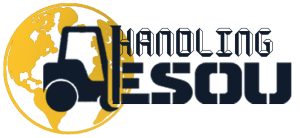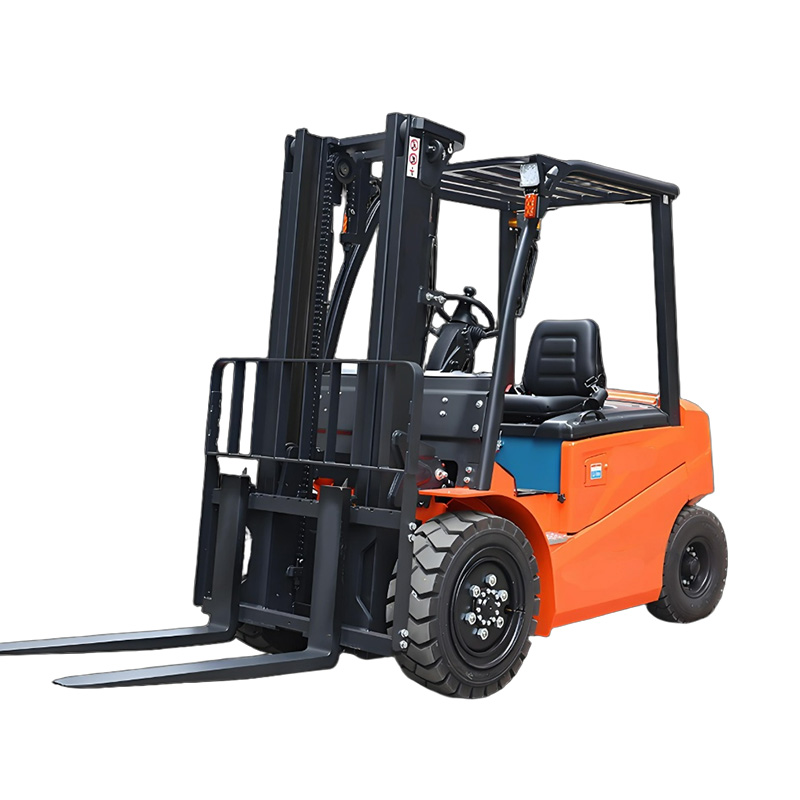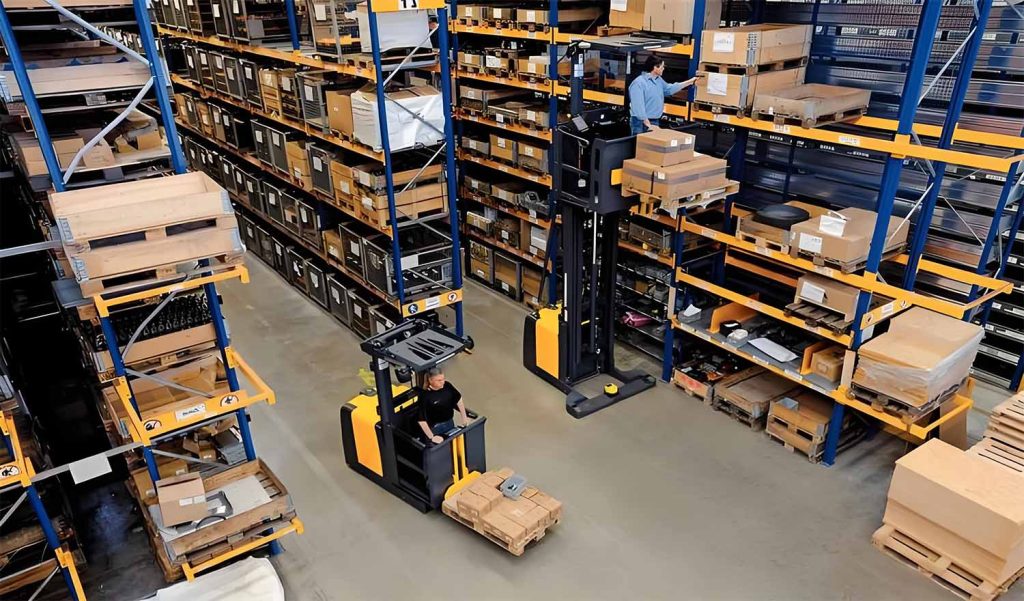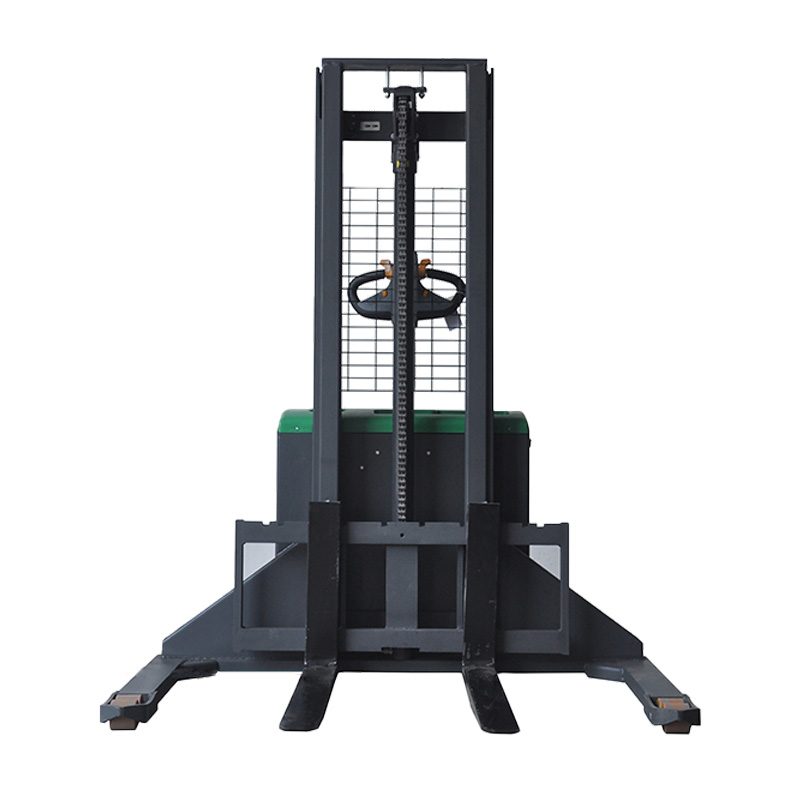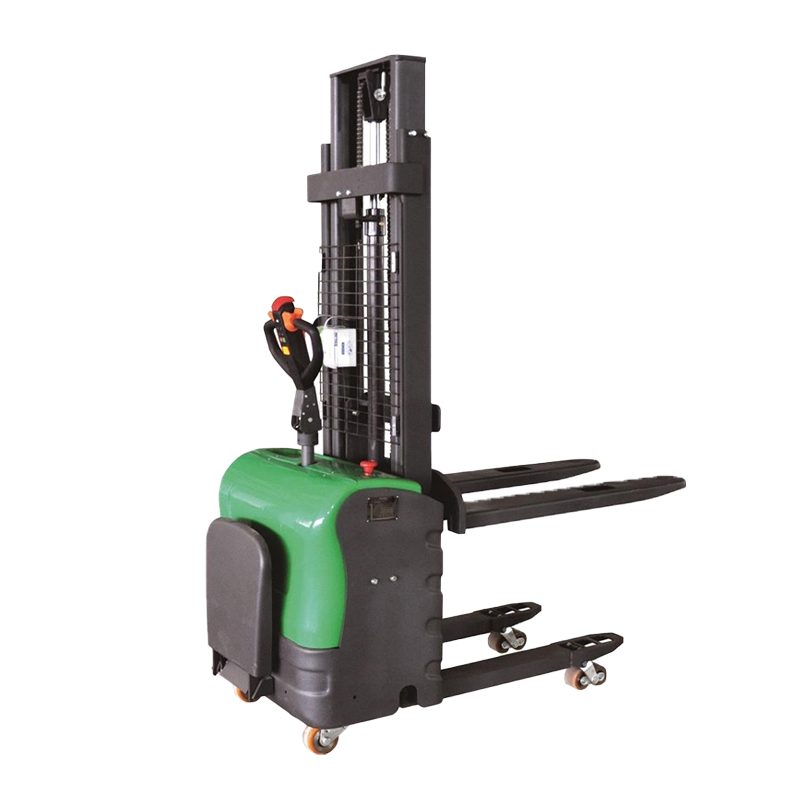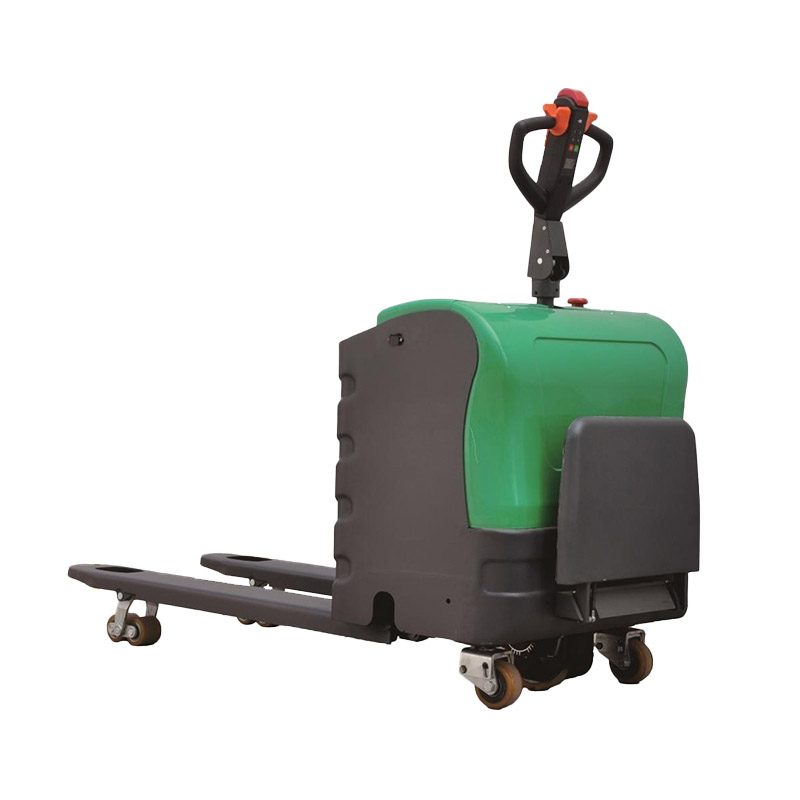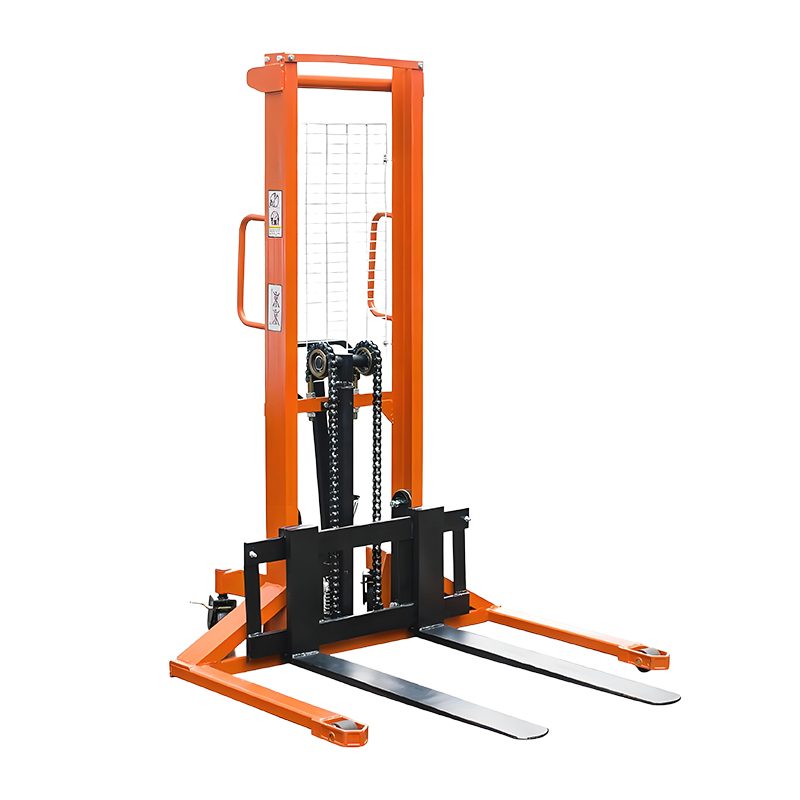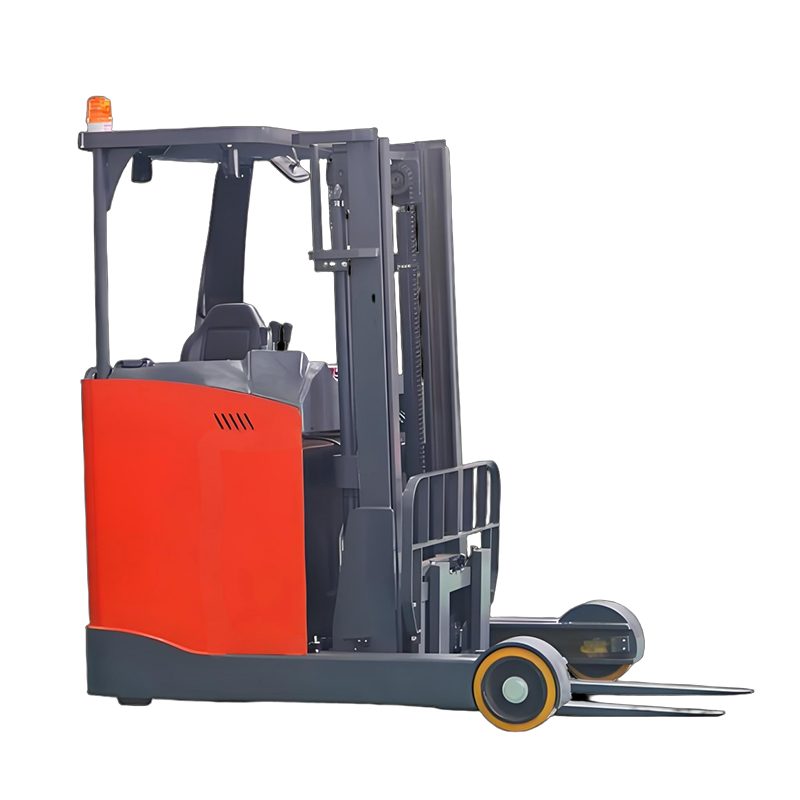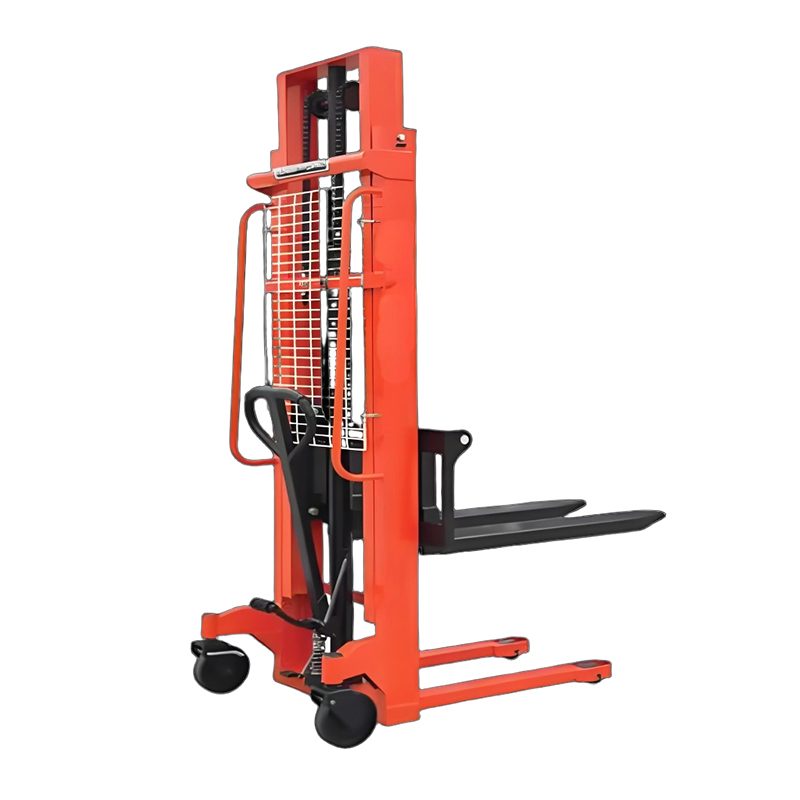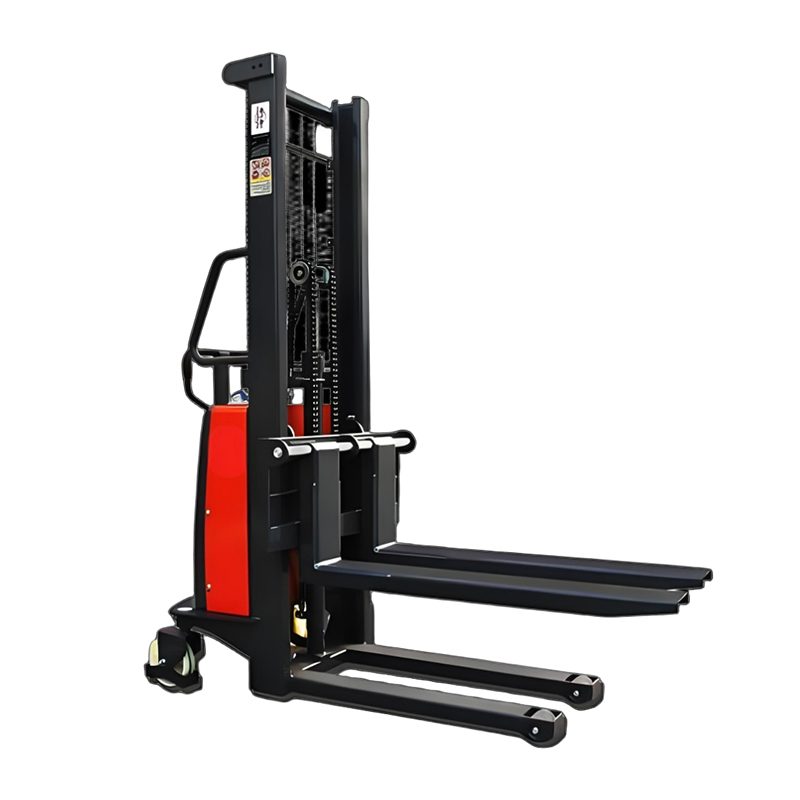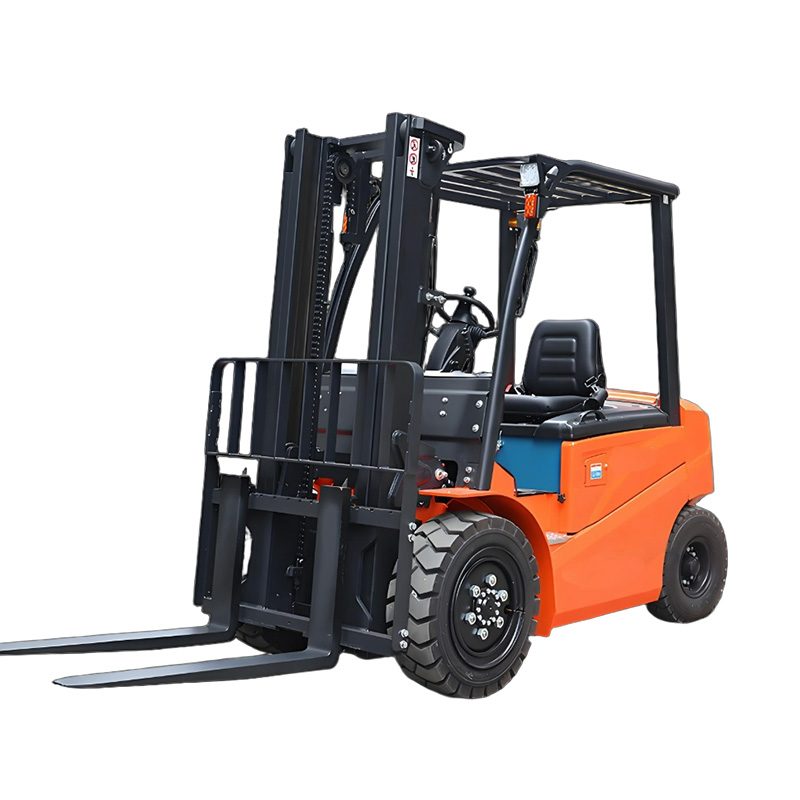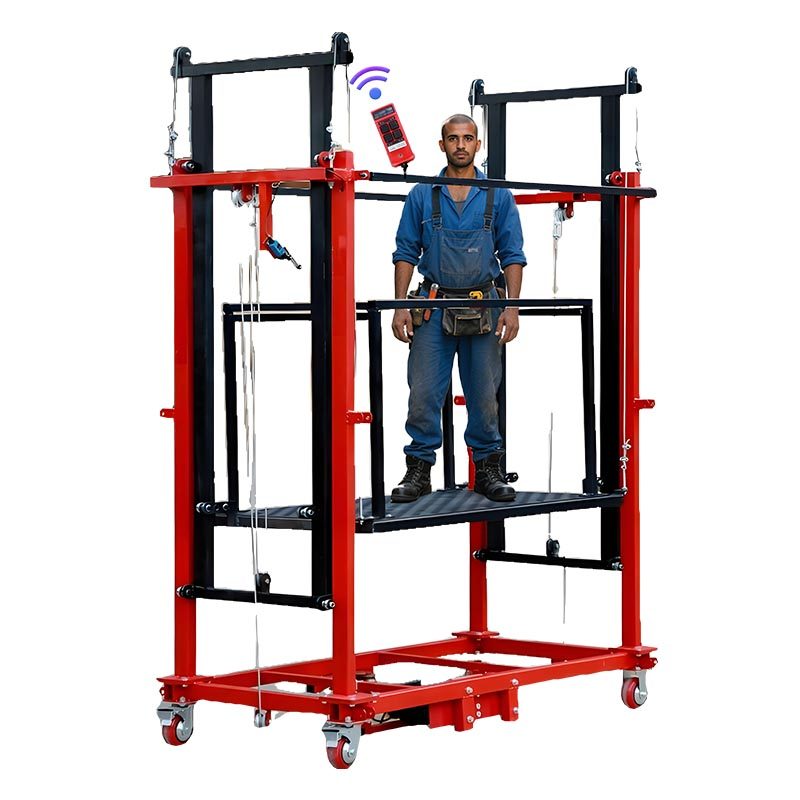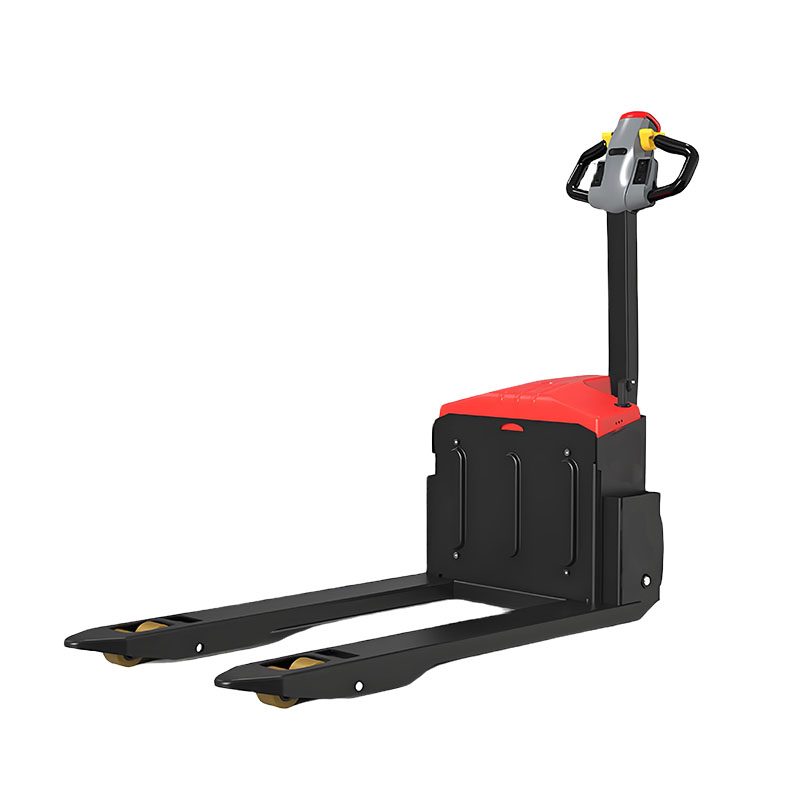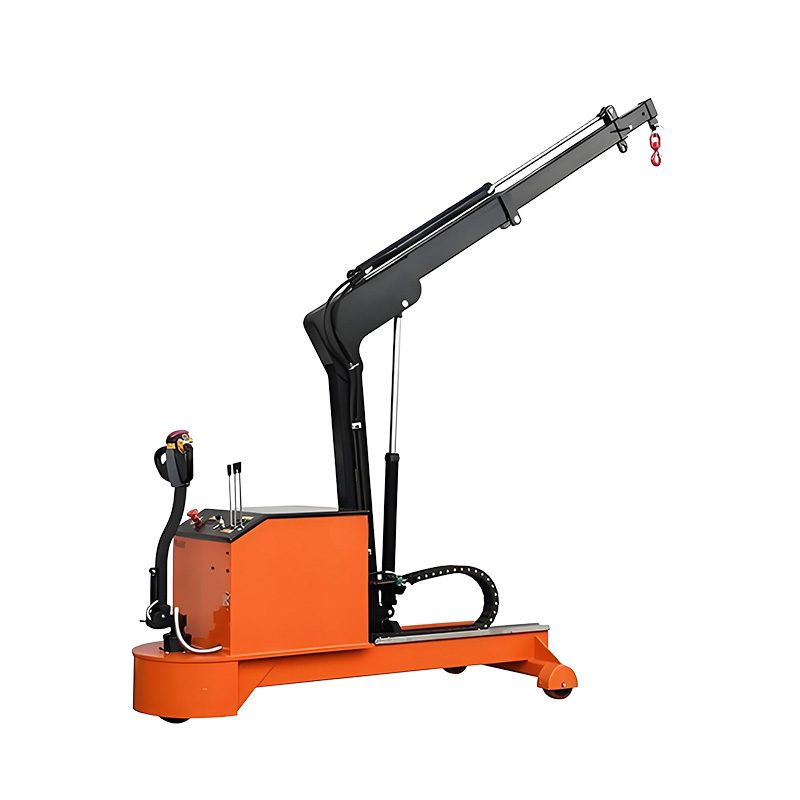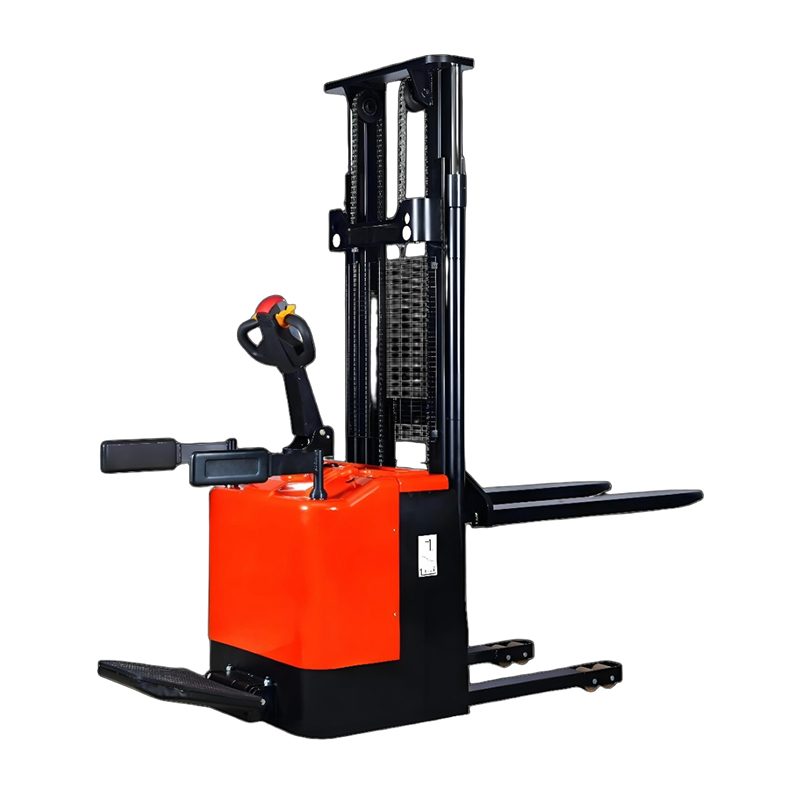Navigating the electric forklift market can be a complex challenge. With evolving technology and a myriad of options, selecting the right model for your operation is a significant decision that impacts productivity, safety, and your bottom line.
This comprehensive guide for 2025 cuts through the confusion. We break down the critical factors—from battery technology to advanced features—to empower you with the knowledge needed to make a confident investment that will serve your business for years to come.
1. The Power Core: Li-ion vs. Lead-Acid Battery Showdown
The choice of battery is the most fundamental decision, dictating cost, performance, and operational workflow.
Lithium-Ion (Li-ion) Batteries: The Modern Standard
- Pros:
- Fast & Opportunity Charging: Charges fully in 1-2 hours, allowing for opportunity charging during breaks or shift changes, eliminating battery swapping.
- Lower TCO: Higher upfront cost is offset by minimal maintenance, no watering, longer lifespan (2-3x lead-acid), and higher energy efficiency.
- Zero Maintenance: Sealed units require no watering, cleaning, or acid handling.
- Space & Safety: Often more compact and operate consistently until fully depleted without voltage drop.
- Cons:
- Higher Initial Investment: The purchase price is significantly higher than lead-acid counterparts.
Lead-Acid (Pb-A) Batteries: The Established Workhorse
- Pros:
- Lower Upfront Cost: The initial purchase price is the most affordable.
- Proven Technology: A well-understood and widely used technology.
- Cons:
- High Maintenance: Requires regular watering, cleaning, and specific charging cycles. Battery rooms need ventilation for charging.
- Long Charging Time: An 8-hour charge followed by an 8-hour cool-down period is typical, often necessitating multiple batteries per truck.
- Higher Lifetime Cost: Shorter lifespan and maintenance needs lead to a higher total cost of ownership.
Verdict for 2025: For most operations seeking maximum uptime, efficiency, and lower long-term costs, Li-ion is the unequivocal choice. Lead-acid may only suit applications with very low usage and tight initial budgets.
2. Key Features and Specifications to Evaluate
Beyond the battery, focus on these critical specifications:
- Load Capacity (& Load Center): Don’t just choose a 2.5-ton forklift. Ensure it can handle that capacity at the specified load center (usually 24 inches). A longer load center requires a higher capacity truck.
- Lift Height & Mast Type: Determine the maximum height you need to place a load. Consider mast types: standard, triple-stage for clearer visibility, or quad-stage for very high reach.
- Tire Type:
- Cushion Tires: Ideal for smooth, indoor surfaces. Offer a lower overall height and tighter turning radius.
- Pneumatic Tires: Better for outdoor yards, gravel, or uneven indoor floors. Provide superior traction and shock absorption.
- Operator Ergonomics & Comfort: Features like a comfortable suspension seat, intuitive controls, excellent visibility, and low step-in height reduce fatigue, boost productivity, and enhance safety.
3. Advanced Connectivity & Smart Features
The modern electric forklift is a data hub on wheels. Look for integrated telematics systems that provide:
- Real-time Fleet Monitoring: Track location, utilization, and energy consumption.
- Predictive Maintenance Alerts: Receive notifications before issues arise, preventing costly downtime.
- Impact Detection & Safety Reporting: Monitor operator behavior and enhance safety protocols.
- Cost per Hour Analysis: Gain precise insights into the operational costs of each truck in your fleet.
4. A Step-by-Step Selection Framework
Use this framework to guide your decision:
- Assess Your Application: Indoor/outdoor use? Shift patterns? Floor conditions? Required lift heights?
- Calculate Total Cost of Ownership (TCO): Factor in purchase price, expected battery life, maintenance costs, energy consumption, and potential downtime. Li-ion often wins on TCO.
- Prioritize the Operator: Test drives are essential. Operator buy-in is critical for productivity and safety.
- Verify Support & Compatibility: Ensure your supplier offers comprehensive technical support, warranty coverage, and readily available parts. The best forklift is useless without reliable service backing it.
- Think About the Future: Choose a scalable solution that can grow with your business. Consider how the equipment will integrate with broader automation and software systems.
Conclusion: Empowering Your Informed Choice
Choosing an electric forklift in 2025 is about investing in a integrated productivity and sustainability solution. By prioritizing lithium-ion technology, focusing on operator-centric features, and leveraging data from connected systems, you can build a fleet that is not only powerful but also intelligent and efficient.
The right choice will reduce your operating costs, minimize your environmental impact, and provide a clear competitive advantage in the years ahead.
Ready to Find Your Perfect Electric Forklift?
This guide provides the framework for your decision. Translating it into a specific model requires expertise and a deep understanding of the available solutions.
We help businesses navigate these exact choices. Our product line features top-tier electric forklifts equipped with the latest Li-ion technology and smart features. We provide the guidance and support you need to select the ideal equipment for your operational requirements and strategic goals.
Contact our experts today for a personalized consultation and detailed specifications.
